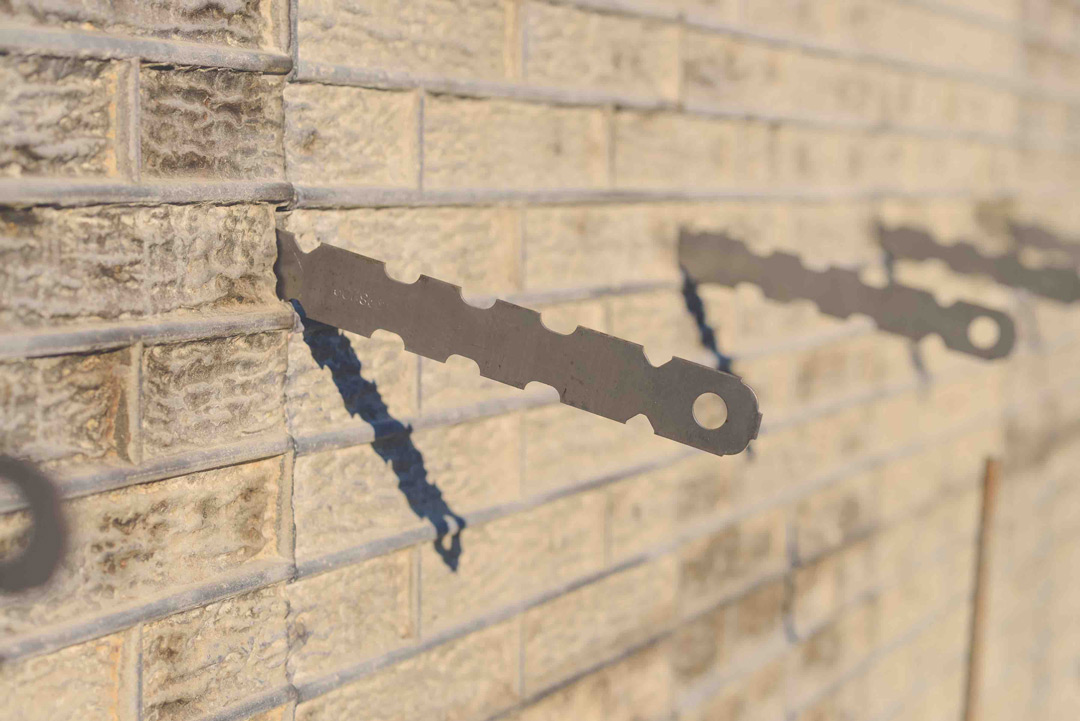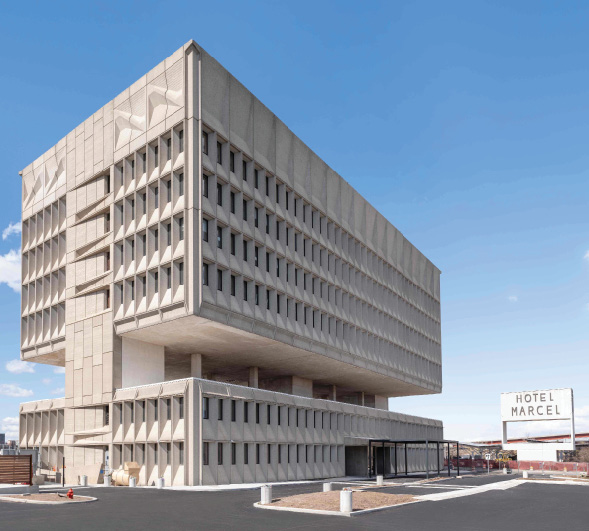Sources: Concrete Foundations Association, Mt. Vernon, Iowa; CP staff
The Concrete Foundations Association is leading an industry-wide effort to mitigate a pending steel form tie shortage across North American markets. Designed to withstand the fluid pressure of concrete placement, the ties structurally connect foundation and wall forming systems. Supply conditions of domestically produced and imported ties are reducing builders or contractors’ capacity for cast-in-place work and threatening to create a temporary shutdown amid high housing market demand.
“This shortage has evolved over the past two quarters into a significant industry issue,” affirms CFA Executive Director James Baty. “The record level of housing starts in 2020 has combined with significant factors such as purchasing practices, raw material depletion and tariffs on imports as well as the pandemic’s impact on both shipping and manufacturing.”
“Form ties are the most essential component of cast-in-place concrete forming as they must be designed to handle the rigorous pressures and permit the rapid construction schedule that has long been an advantage of this method,” observes Jason Ells, senior vice president for Custom Concrete of Westfield, Ind. “We have been feeling the impact of this shortage for several months now and can see that it stretches from raw material and imports through manufacturing and into the marketplace through supply to companies like ours. We have yet to find any relief or projected relief for the situation before it gets even worse.”
The CFA has assembled key stakeholders, including the National Association of Home Builders, to gather facts related to form tie supply. Late-winter meetings have been organized to discern rumor from fact, prepare for the impact of the shortage, and identify steel industry or possible government assistance measures.
“CFA is spearheading an unprecedented collaboration effort to offer as many solutions as possible to ensure minimal disruption to the marketplace, while also maintaining quality and worker safety,” affirms CFA Board President Doug Herbert (Herbert Construction, Marietta, Ga.).
One of the key concerns, adds Baty, is making sure that short-cuts aren’t taken in the building process: Contractors may opt to use fewer ties in the forms, while others might try alternative tie systems that are not tested nor designed for the loads. Deviating from proven industry methods may compromise forming system integrity and put worker safety at risk.

